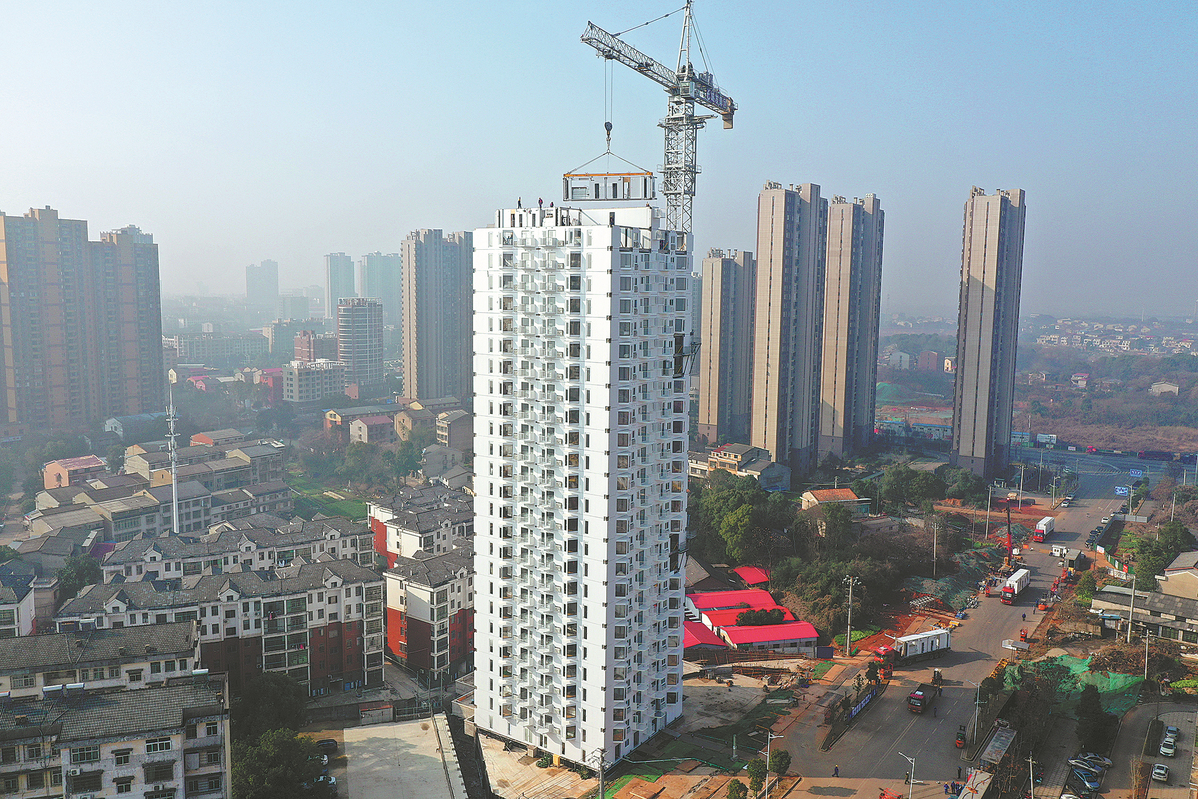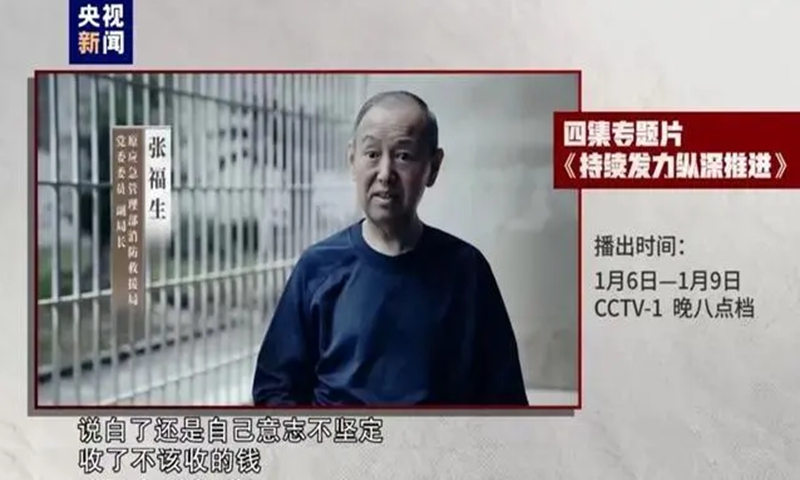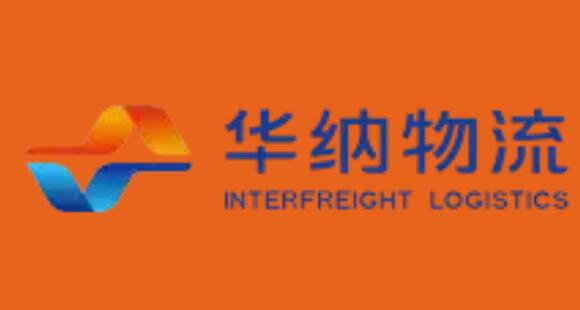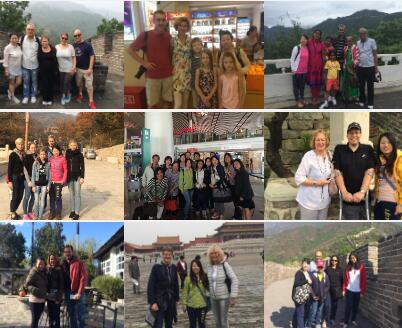 Luo Wangshu
Luo Wangshu
I traveled to three border cities last year, but Dongxing in southern China's Guangxi Zhuang autonomous region is by far the busiest one.
During the day, people from Vietnam and China swarm back and forth across the border bridge linking Dongxing and Vietnam's Mong Cai, carrying suitcases, big bags and large cartons.
Local officials told me that border residents are eligible to buy tax-free goods totaling less than 8,000 yuan ($1,121) every day. So many local residents take tax-free specialties to the other side to sell to tourists and small business operators.
This form of trade dates back decades, but now more products from both sides are being transported by trucks and then sent to all parts of both countries via an ever-growing parcel delivery network.
It's no surprise then, that the parcel delivery business has become one of the city's major emerging industries.
According to the local post bureau, the regulator of the parcel delivery business, the city handled 385,900 parcels in 2012. Last year from January to September, it handled 5.84 million parcels as the bounceback from the COVID-19 pandemic continued.
Data also shows the positive impact the industry has had on employment in the city. In 2017, a total of 340 people worked in postal services, including parcel deliveries, in Dongxing. The number was 418 in 2022.
In a small city like Dongxing, with a population of about 220,000, those 400-plus jobs help support a large number of families.
Sun Jijun's is one of them.
Sun, who is the head of Yunda Express' distribution center in Dongxing, said couriers' incomes are among the best in the city.
"Couriers can get as much as 6,000 ($844) to 8,000 yuan a month since there are many businesses doing foreign trade in Dongxing that are dependent on e-commerce. Many parcels are delivered for foreign trade companies," he said.
Couriers do not need to work overtime to earn a good salary because multiple parcels are often delivered to the same address. Some couriers also work as agents to help e-commerce companies collect and store their parcels, he added.
As a result of the better wages and conditions, couriers in Dongxing seem more relaxed and easygoing. In the three days I spent in the city, it was rare to see couriers trying to save time by speeding or riding on footpaths, which are common sights in Beijing.
I also did not witness a glut of couriers on the streets at night, which is also a normal occurrence in Beijing.
Courier Chen Jinyong has been working at YTO Express in Dongxing for seven years. He said his monthly income is about 5,000 yuan and his work usually ends at 5 pm, or occasionally at 7 pm during busy times.
Before becoming a courier, Chen worked as a cashier at a local hospital and earned 2,000 yuan a month.
He is quite pleased with his job and salary in the parcel delivery sector. Chen said his workplace is convenient to get to, and he is not too busy so he can spend time with his family.
Sun, head of the distribution center of Yunda, is also quite content with his life. He said the job not only assures his family financial security, but also gives him spare time to spend with his son.
As a local with a bachelor's degree, Sun said he has done most of the "typical" jobs a border resident does.
The 38-year-old majored in Vietnamese at college and spent two years studying in Vietnam under a university exchange program. After graduation, he worked in a textile factory in Vietnam making jeans.
He later returned to Dongxing and worked at a foreign trade business in Mong Cai.
Sun later entered the parcel delivery business and has worked in many positions at the company since 2013, including as a courier and a sorter. He has bought an apartment in the city not far from his parents' home. The emerging parcel delivery business has offered him a stable, pleasant and sometimes challenging job for more than 10 years, he said.
On the streets of Dongxing, it's noticeable that many buildings hang advertising and brand names in two languages — Chinese and Vietnamese.
People from both countries mix easily on the street, doing business and chatting. I cannot tell who is Chinese and who is Vietnamese as the local dialect is as difficult for me to understand as the Vietnamese language.
When I returned to Beijing, I browsed the images I had taken in Dongxing.
In one picture of the border bridge, a man is tying up large cartons with a big smile on his face. The background of the photo is full of people going about their own business.
To me, the photo is very moving. It's full of hardworking people, no matter whether they are from China or Vietnam. These people are the lead characters in the city's story and showcase the vitality and friendship between the two countries.
In December, a high-speed railway linking Dongxing with other parts of China opened. It will of course facilitate people's movement. More importantly, parcels containing Vietnamese specialties might be loaded on trains and taken all over China, further strengthening links.
Shall not be reproduced without permission:ZHLL.COM » Dongxing transits to a brighter future via emerging industry

 ZHLL.COM
ZHLL.COM
 China sanctions five
China sanctions five Chinese company erec
Chinese company erec Visit to shape direc
Visit to shape direc ROK people flocking
ROK people flocking  WTO members should f
WTO members should f Lao-da US should act
Lao-da US should act Annual anti-graft bl
Annual anti-graft bl



